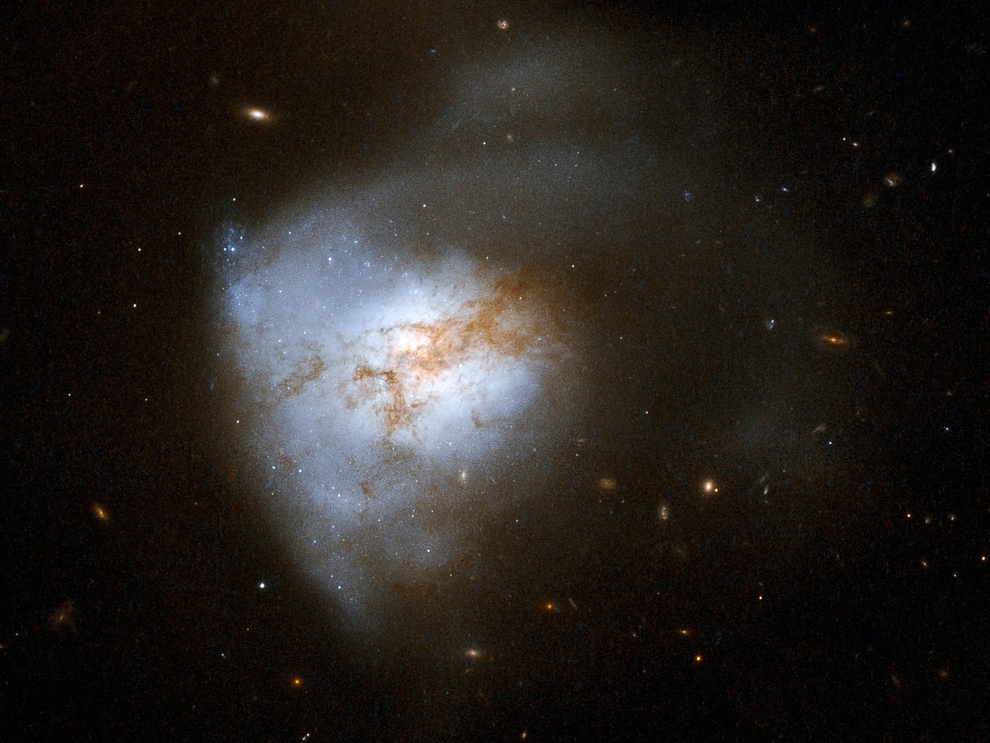http://gplus.to/TonyDarnell http://facebook.com/SpaceFan Many Space Fans have been asking for more information about black holes, specifically, what would it be like to go inside one? Andrew Hamilton of the University of Colorado made this amazing animation and I wrote a script around it.
Titan Saturn System Mission (TSSM) is a joint NASA/ESA proposal for an exploration of Saturn and its moons Titan and Enceladus, where many complex phenomena have been revealed by the recent Cassini Huygens mission.
Feb. 2015 update - distance to sun - Voyager 1: 131 AU, Voyager 2: 108 AU.
Kepler-10b is an Earth-size exoplanet Please visit http://www.SpaceChronology.com Video and narration: Credit: NASA/Kepler Mission/Dana Berry NASA's Kepler mission confirmed the discovery of its first rocky planet, named Kepler-10b. Measuring 1.4 times the size of Earth, it is the smallest planet ever discovered outside our solar system. The discovery of this so-called exoplanet is based on more than eight months of data collected by the spacecraft from May 2009 to early January 2010. This video is narrated by Kepler Deputy Science Team Lead Natalie Batalha.

Scientists have independently made the largest direct measurements of the invisible scaffolding of the universe, using the gravitational lensing effect known as

Say hello to "El Gordo," one of the biggest cosmic collisions you will ever witness.

An international team, including three astronomers from the European Southern Observatory (ESO), has used the technique of gravitational microlensing to measure how common planets are in the Milky Way. After a six-year search that surveyed millions of stars, the team concludes that planets around stars are the rule rather than the exception. The results will appear in the journal Nature on 12 January 2012.

Astronomers have created a vast cosmic map revealing an intricate web of dark matter and galaxies spanning a distance of one billion light-years.

In a galaxy 250 million light-years from Earth, astronomers have spotted a record-breaking number of supernovae found at the same time.

Only four days into the New Year and the first four exoplanets of 2012 have been spotted orbiting four distant stars.

A new image of the Omega Nebula, captured by ESO's Very Large Telescope (VLT), is one of the sharpest of this object ever taken from the ground. It shows the dusty, rose-coloured central parts of this famous stellar nursery and reveals extraordinary detail in the cosmic landscape of gas clouds, dust and newborn stars.

Just in time for the holidays, astronomers have come across a new image from NASA